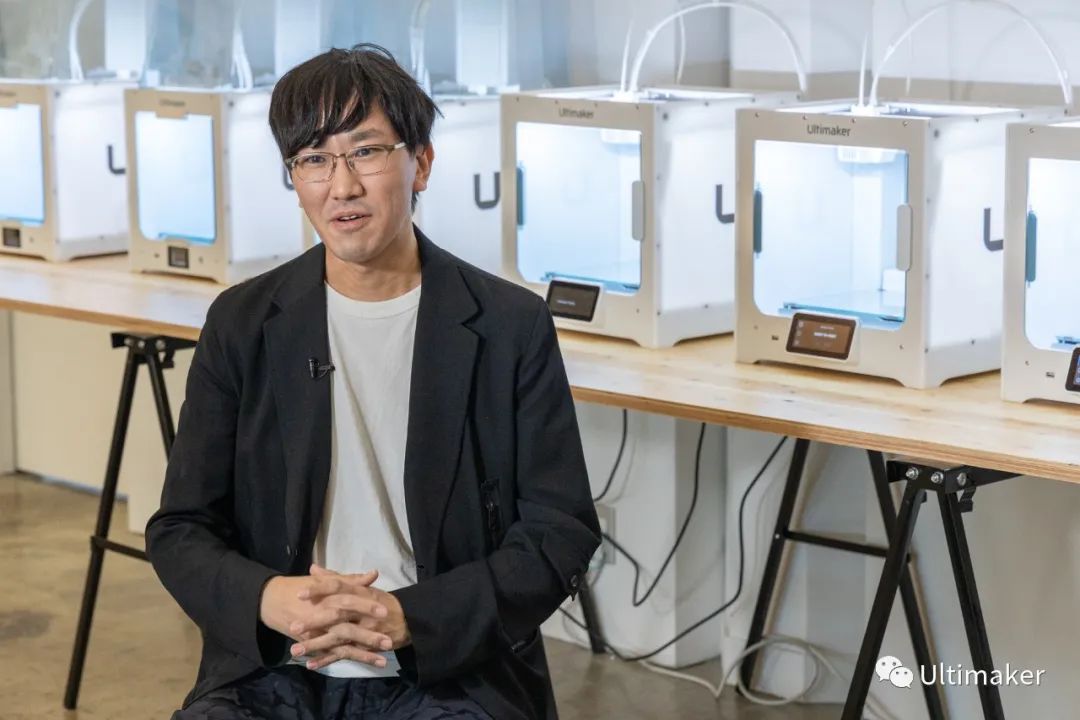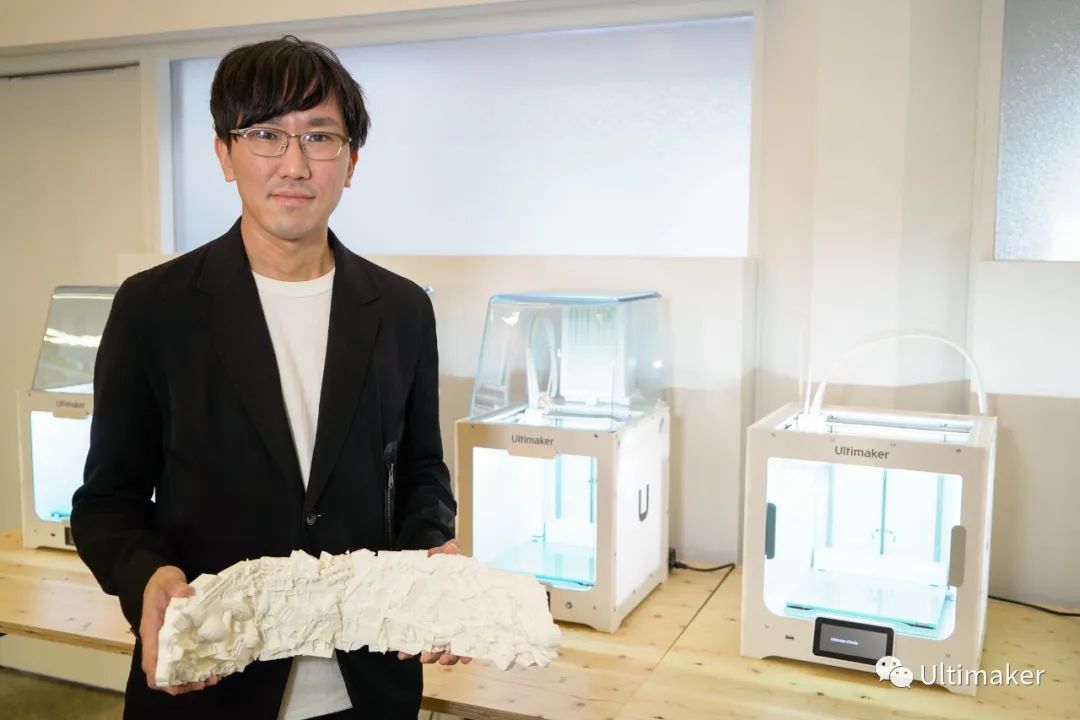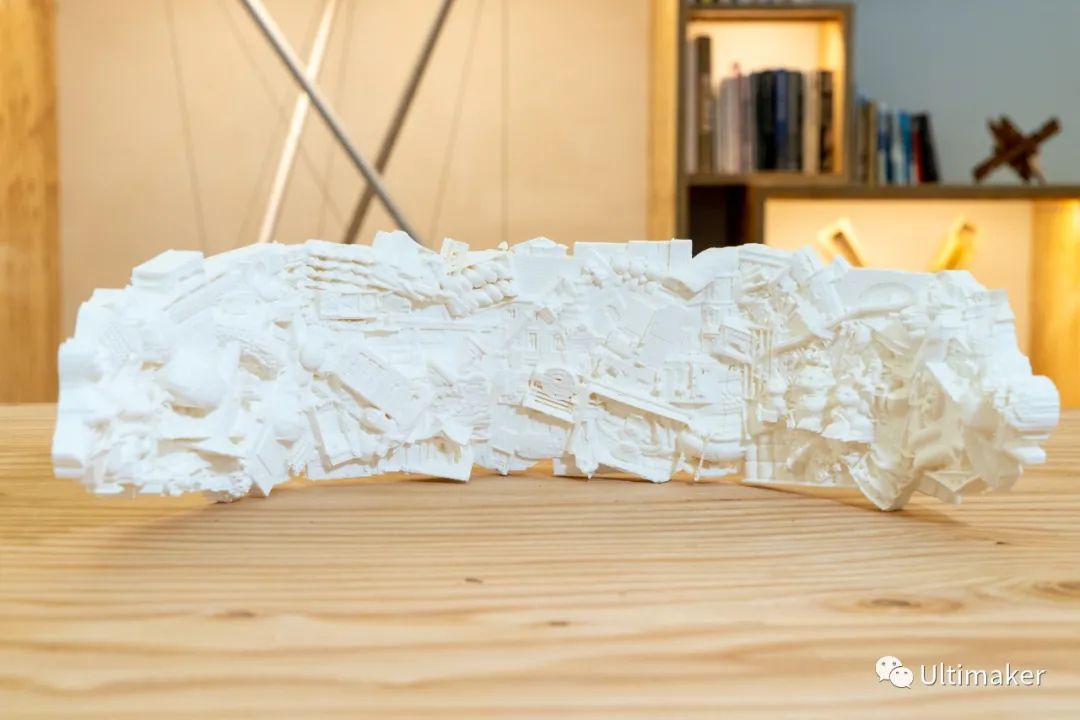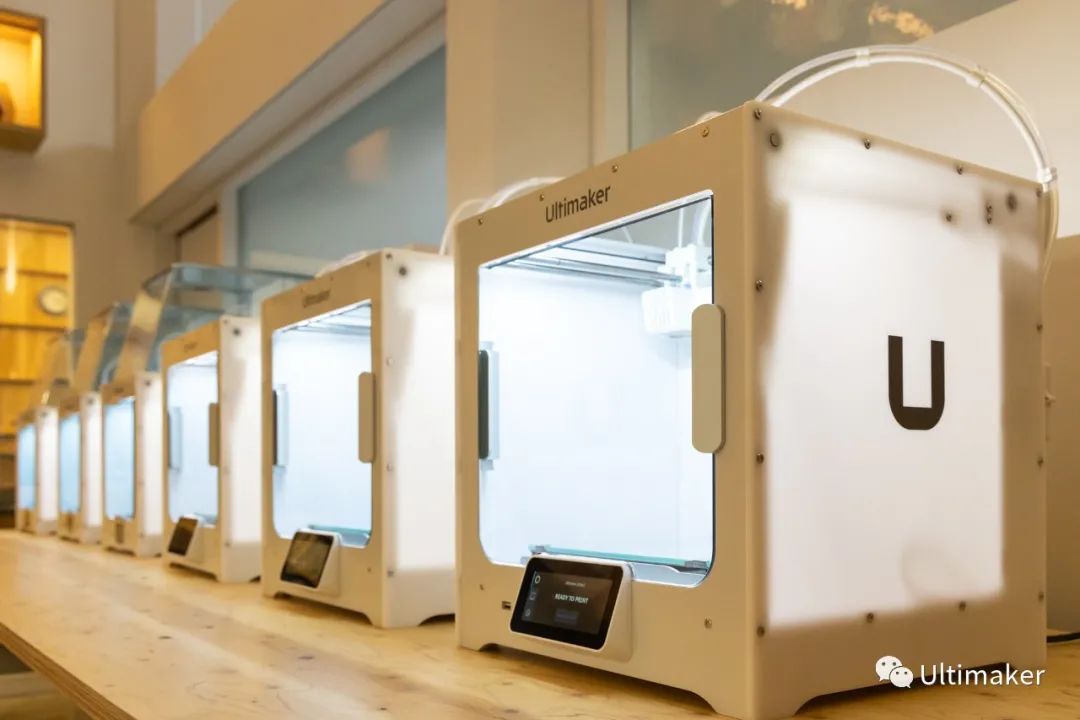The advent of 3D printing has transformed many industries, from manufacturing to
architecture
business still to
car
and
aviation
aerospace
Industry. 3D printing technology has transitioned from what some saw as a novelty or niche solution to a more mature technology – a move from “rapid prototyping” to “additive manufacturing”.
Today, 3D printing technology is widely embedded in university classrooms around the world, providing technological solutions for students and faculty to research innovative buildings and create new possibilities for “future living”.
standard
.
Recently, the “T-BOX” of the Sekisui House – Kuma Lab at the University of Tokyo selected Ultimaker as the solution for the research needs of its Department of Architecture. Primarily to help students prepare the 3D modeling data they need to design and print prototypes, and use them in sessions as design exercises. “T-BOX” will be put into use and operation in October 2021.
Next, we will talk to Mr. Toshiki Hirano from Sekisui House – Kuma Lab Director and Program Assistant Professor to learn more about how students are using 3D printing in their day-to-day university life, and what role Ultimaker plays in that.

How it all started
The “T-BOX Project” was established in June 2020 by Mr. Kengo Kuma, a master architect, as a workshop with various digital manufacturing machines. The main purpose is to study the relationship between digital technology and architecture.
“‘T-BOX’ means a lot of different things to us,” explained Mr. Hirano about the project’s name. “‘T’ means Tokyo, from The University of Tokyo, Technology, Toolbox. Since then, we’ve seen T-BOX as a place that has a variety of digital manufacturing facilities ‘Toolbox’.”
The University of Tokyo is currently researching future building technologies, and Sekisui House made a donation to start the project – to explore and research “the future of living”.The main purpose of this cooperation is to combine these complementary strengths and capabilities to drive the future of “T-BOX”
talent
development of.
In the past, the Department of Architecture did not have production facilities equipped with digital fabrication tools. Students have no choice but to buy their own 3D printers or make models by hand, which is the traditional method. Now with T-BOX, architecture students can easily create their well-designed prototypes and use them for demonstration purposes.
Mr. Hirano said, “I believe that this factory will help students improve their craftsmanship and explore other growth paths, such as learning knowledge and techniques related to manufacturing or digital manufacturing. In fact, the right to use T-BOX is not only exclusive to Architecture students. We welcome everyone to visit the facility on display and use our Ultimaker 3D printers. The T-BOX will serve as a facility for nurturing creative talent so they can better fit into the future.”
Approaching T-BOX
Currently, T-BOX has 6 Ultimaker 3D printingmachine. Given that the campus has never deployed multiple 3D printers in a single lab, Mr. Hirano believes this will develop into a critical facility for designers.
As for why they chose Ultimaker, Mr. Hirano commented: “As digital manufacturing becomes more and more popular, I have visited many similar facilities overseas. I went to the School of Architecture at American University and saw that they were using Ultimaker. 3D printer. Most students rave about the quality of Ultimaker’s products, their ease of use and simplicity.”
“The Ultimaker is a great choice because of its ability to handle a wide variety of filaments, as well as high-quality print accuracy, speed and responsiveness. This ‘just enter data, Allows you to create works intuitively even without technical knowledge. Plus, when you need to make some advanced adjustments, you can still easily manipulate parameters to suit your requirements,” he adds.
When we asked what he thought of 3D printing in architecture over the past decade, Hirano admitted: “To be honest, I don’t normally use a 3D printer unless I really need it. Development, like Ultimaker
3D printingTechnology products such as machines have become increasingly important in many industries around the world. There is no doubt that 3D printing has also become part of the design cycle for architects and students. “

When the design is no longer restricted
Currently, white PLA is used in the T-BOX lab, but Mr. Hirano and his students have already begun to investigate the possibilities offered by the compatible application of Ultimaker and third-party consumables.
“As far as ABS material is concerned, we are looking at using various materials to print the seams of a third-sized building structure and actually use it. Essentially, we also want to challenge ourselves, depending on the purpose of different needs to find the most suitable material to use,” Mr. Hirano said.
Of course, model making has always been part of an architect’s job. For example, students used to use styrene boards to make their models by hand. But at the same time, the shape of the model is very limited, and only some simple styles can be made. Mr. Hirano said: “Our goal is to break the traditional norms that limit thinking. We hope that by using 3D printers to innovate designs, we can freely turn ideas into actual products. We don’t want to be constrained by various factors that prevent complex shapes from being made. bound.”
“A 3D printer is not just a tool for making models; it’s also a tool for you to think freely about architecture and design.”
Advanced Digital Manufacturing Facility
In addition to deploying 3D printers in the lab, T-BOX’s digital manufacturing equipment includes laser cutters and CNC machines, among others, designed to combine all resources, technologies and methods to create something meaningful.
However, the use of these digital manufacturing facilities is relatively complex, and it is difficult for course teaching, including how to teach students how to use the equipment. “At T-BOX, we want students to use these devices as freely and voluntarily as possible. While we have set minimum guidelines for safety and use, we still want them to be able to use the machines without relying on our staff. “We want students to be able to explore these capabilities on their own initiative, but we’re still there to help them solve and answer any questions they may have. All they have to do is book online and develop on their own.”
As a well-established practical application case, it has received attention in the fields of construction, education and additive manufacturing.After learning about the application case of T-BOX, Mr. Jürgen von Hollen, CEO of Ultimaker, said: “It is great to see advanced educational institutions like the University of Tokyo recognize the importance of 3D printing. Sexuality, and can fully stimulate the creative inspiration of students, so that they can make the greatest possible impact when they enter the workplace. Our3D printer,
software
and digital factories are used globally in a variety of industries and applications for a wide range of commercial benefits. I really admire the University of Tokyo’s role in helping to advance 3D printing as a transformative commercial technology with flexibility and sustainable value. “
Excellent work display
The most eye-catching design in T-BOX is a 1/10th scale 3D printed model of the installation that will be presented at the 2021 London Design Biennale. The work is divided into six parts, printed and assembled by modularization. The work showcases 3D scans of various iconic objects and buildings in the cities of Tokyo and London, and converts them into 3D data for printing.
For example, there are iconic items from Tokyo – beckoning cats, Kaminarimon, chili, vending machines, taiyaki, donuts, etc. There are also various urban elements of London, such as London Underground seats, mailboxes, and special bars that have been 3D scanned, printed, and assembled.In actual work, the engraving of polystyrene foam blocks is done by CNC, which is used as a sticker for Japanese paper.
mold
. Finally the work was shipped to London and exhibited.
“Theoretically, it was very difficult to print this piece because the shape that came out of the 3D scan was very complex. But after printing it on the Ultimaker 3D printer, he was able to handle even the tiny details very well, It’s beautiful and complex at the same time.”

When asked about the difficulties encountered during the printing process, “I would say it’s challenging. The raw scan is about 1 TB of data for this job. Even with some less work, a panel is about 300 MB in size. .I was worried that there might be errors in the slicing process. But to my surprise, when we loaded them into Ultimaker Cura for slicing, the whole process was very smooth. This proved that Ultimaker is very suitable for a lot of detail. key projects.”
“The control software plays an important role in ensuring the quality of your output. When I come across a variety of digital manufacturing equipment, I am concerned that some of them are too complex to use. Ultimaker Cura eliminates the need for These tedious things. The built-in preset parameters make it easy for even beginners to use. After the operation is proficient, you can also adjust and set detailed parameters according to your needs. So my evaluation of it is Very responsive.”
“All in all, I would say that the Ultimaker is designed to cater for different skill and experience levels. I think it’s really a powerful tool for both first-time users and those who need to use it on a daily basis. 3D printing system,”

Looking to the future
Towards the end of our conversation with Mr. Hirano, we asked him about his vision for the future of T-BOX.
“I believe that T-BOX will benefit everyone, no matter which path they take in the future. But I believe that graduate students who need to reinforce concrete formwork will find this facility very useful. In addition, students can design a mold with a complex shape, And try to downsize them. This can also be used to design and make small furniture and accessories. The possibilities are endless.”
If budget and space are no problem, Mr. Hirano’s plan is to add some more equipment. “It might be tempting to add a robotic arm and a 3D printer with a larger internal capacity to handle larger projects. But for now, what we have is more than enough. I am very happy to be able to achieve the global standard Bringing digital manufacturing equipment to college campuses, helping students and faculty go beyond tradition.”
“Next, I will be using existing 3D printers to educate the architecture department on the value of digital fabrication as they innovate their work. I want to continue exploring new ways to use Ultimaker products and encourage students to do the same .”
While students will always come first, Mr. Hirano said he also plans to open the facilities to the public in some way. “Our ultimate goal is to make every machine accessible to the general public. We are also preparing for that. Of course, we want to share this experience with those who want to explore new ideas.”
(responsible editor: admin)


0 Comments for “Combining technology and architecture: Ultimaker 3D printers pave the way for innovation”